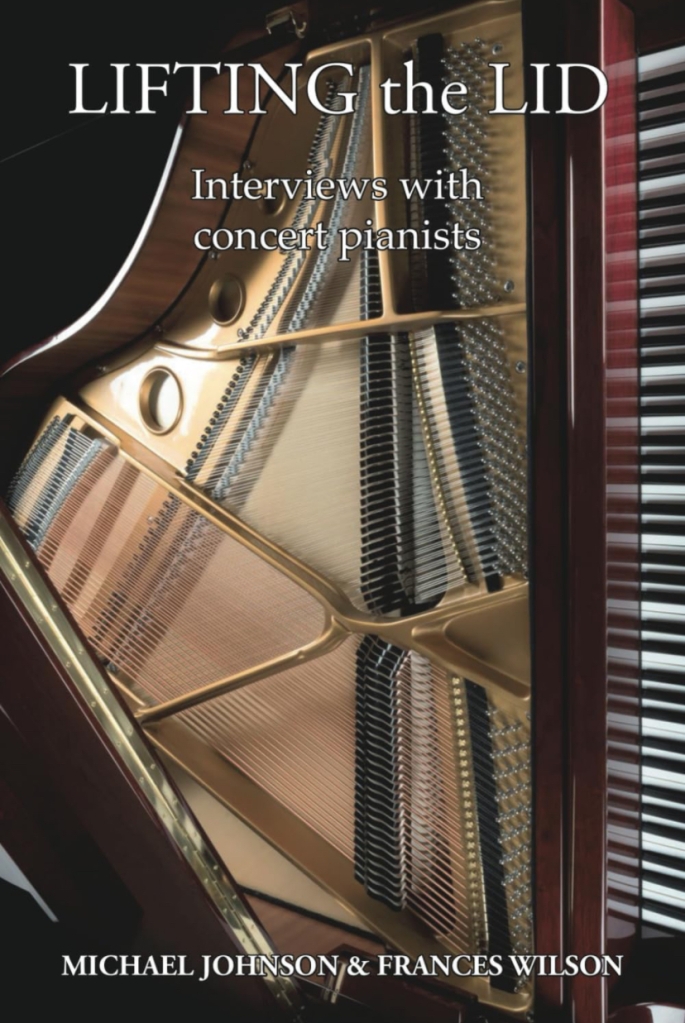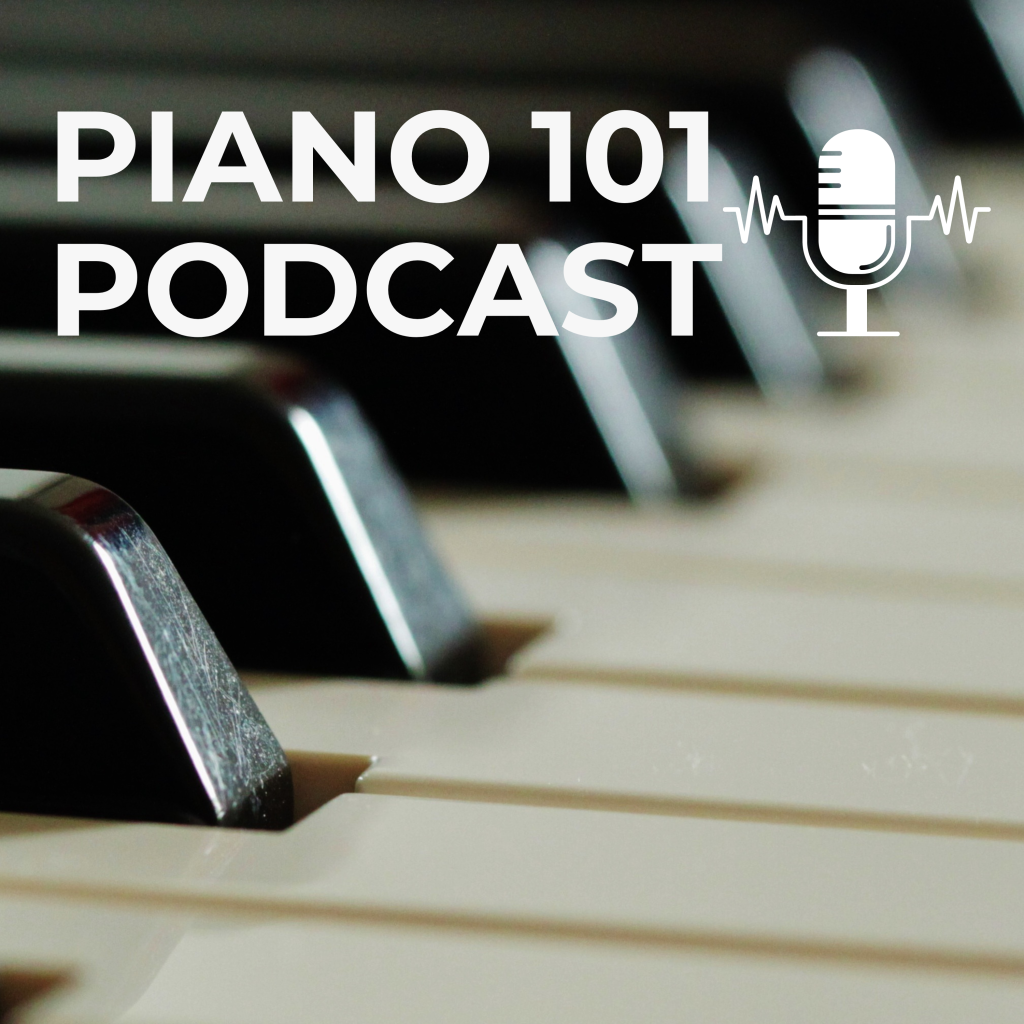Practising yesterday at the end of the afternoon, when the temperature had cooled a little and it was more comfortable to work in my piano room, it occurred to me that often there is a right time, and a wrong time, to practise certain pieces.
I’m learning a late Haydn Sonata, his penultimate one (Hob. XVI: 51 No. 61, composed in London in the 1790s) in cheerful D major (that’s royal blue, if we are talking ‘synaesthesically’!), with a first movement that is both sprightly and gentle, moving forward from a proud opening voice to a dialogue which alternates between melody and accompaniment. The brief, graceful development section shows some unexpected twists, with a truly Beethovenian climax, and some delightful cantabile passages. It closes surpisingly quietly. The second movement has chorale and fugal qualities, with offbeat dynamic accents, again prefiguring Beethoven. It moves forward with a clear purpose towards an abrupt ending. This is a grandiose sonata, though perhaps not as august as the E-flat major sonata which succeeds it.
I used to play quite a lot of Haydn when I was in my early teens, and then rather forgot about him, favouring Beethoven and Schubert instead. Although the D Major sonata lasts little more than five minutes, there is nothing mere about its content: it is one of those pieces which looks easy – the notes are not difficult and are comfortable under the hand – but has hidden depths, requiring some careful learning. It’s a good compliment to the rest of my current repertoire (Chopin, Gershwin, Debussy and Poulenc). I love the clarity of a Classical sonata, and it has warmth and nobility within its two short movements.
Yesterday, I practised for an hour and a half, Poulenc first, then Chopin Op 10 no 3 (just the tricky bits – the chromatic augmented fourths, the dreaded sixths, the brief cross-rhythms in the last section), before throwing myself, rather too energetically it must be said, at Gershwin’s first Prelude, which I love at the moment (and hope I will continue to love as I have another three pages, and the Third Prelude still to learn!). The Haydn seemed a good piece to round off my practise session, but as soon as I started to play it (badly!), I knew I had come to it at the wrong time of day. My hands and arms felt leaden and tired, my fingers fat and jelly-like, sliding all over the place, smearing notes and muffing easy runs. The octaves dragged, the triplets were uneven, and I ended up feeling very hot and frustrated.
Haydn merits an early start, I think, when one is clear-headed and fresh, and the piano room is cool. The piece deserves care and attention as each note must be heard and valued. It needs to sound unforced, yet elegant, lofty yet unprententious. Today I began my practising with the Haydn and the difference was noticeable: it was a whole lot better – indeed, it felt like a different piece!
The Poulenc Suite in C is another case in point. This too benefits from early morning practising. Like the Haydn, it needs great clarity, with a pureness of expression which highlights both the naive and the elegant qualities of the melodies.
Debussy, on the other hand, seems to fare better when practised in the afternoon – and the hot days, with a light breeze drifting in through the open French doors, are the perfect backdrop for his ‘Voiles’. I find myself listening to the wind rustling the bamboo trees in my garden, lifting leaves off the ground, swirling little eddies of dust – and sometimes, just sometimes, I find I can recreate the same sensations at the piano.







